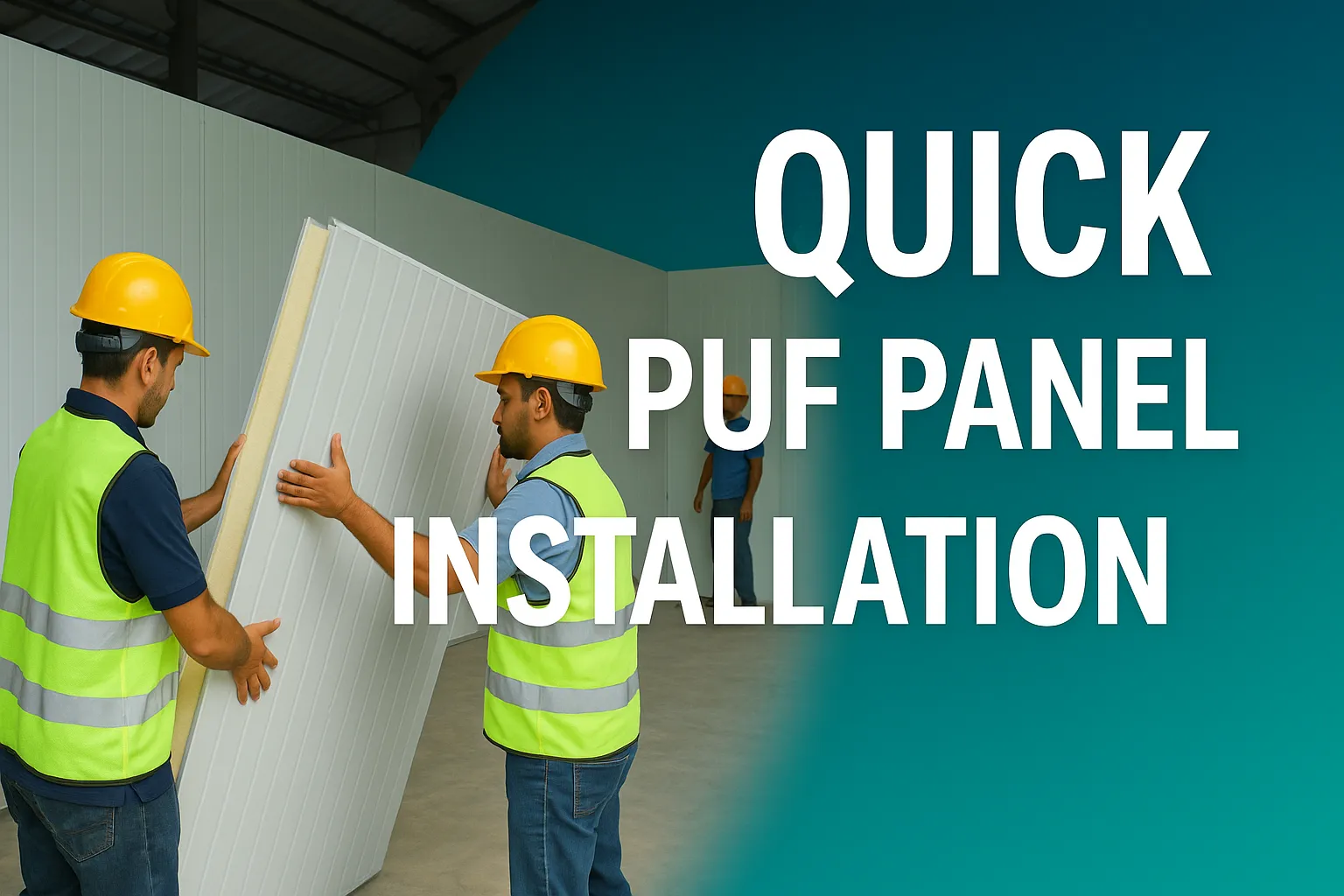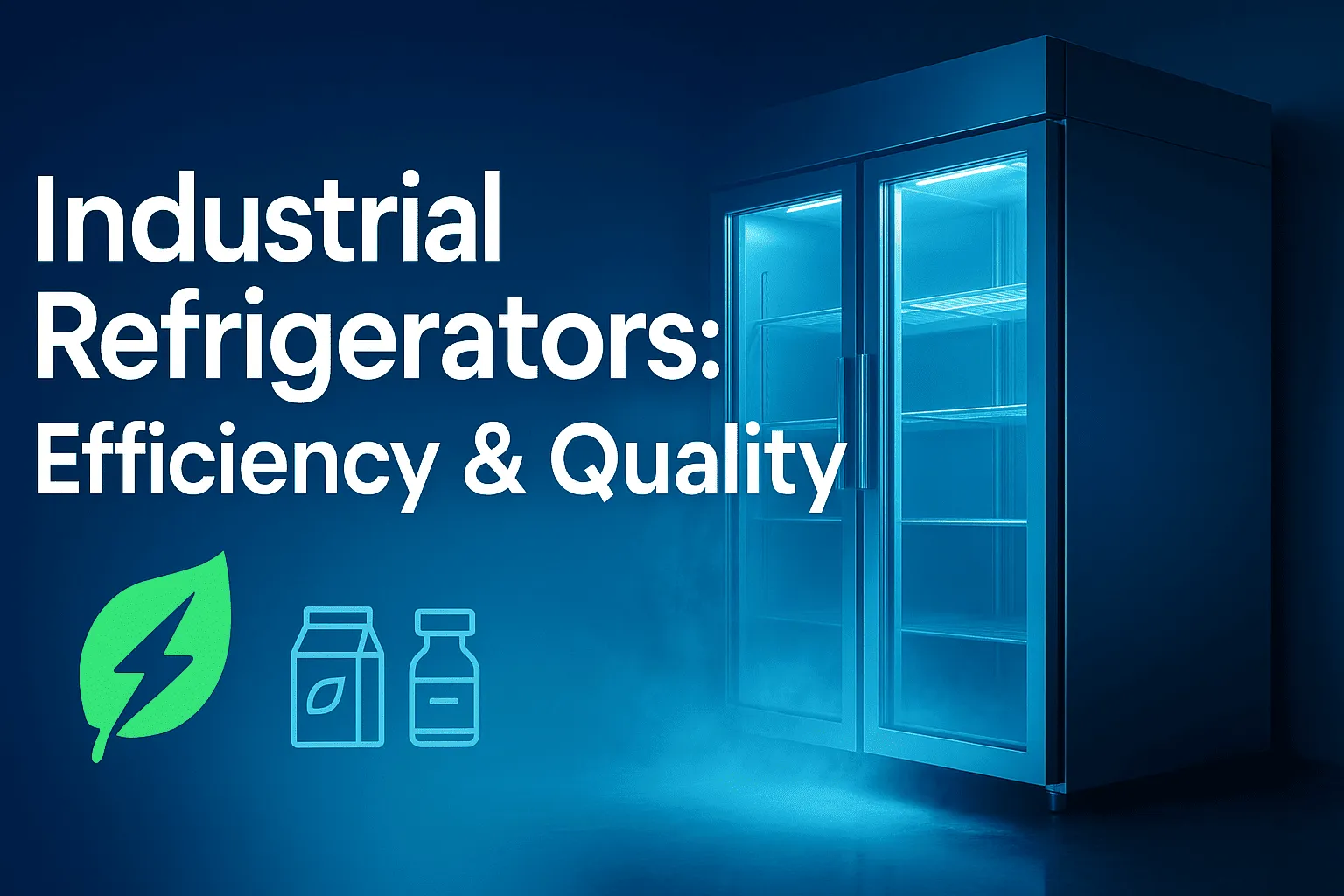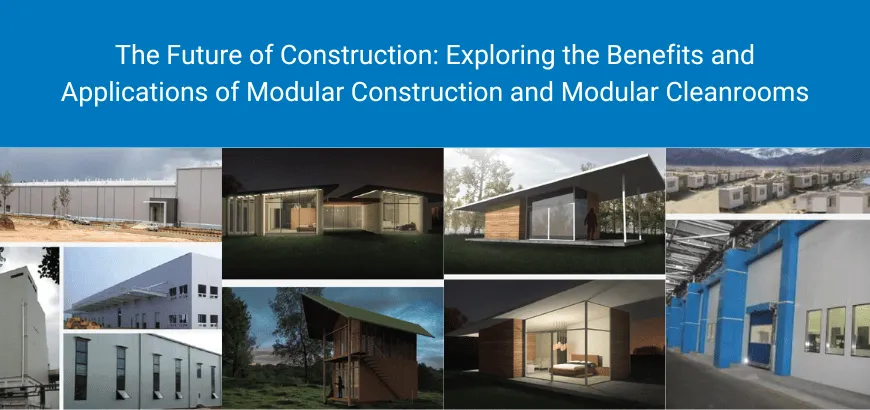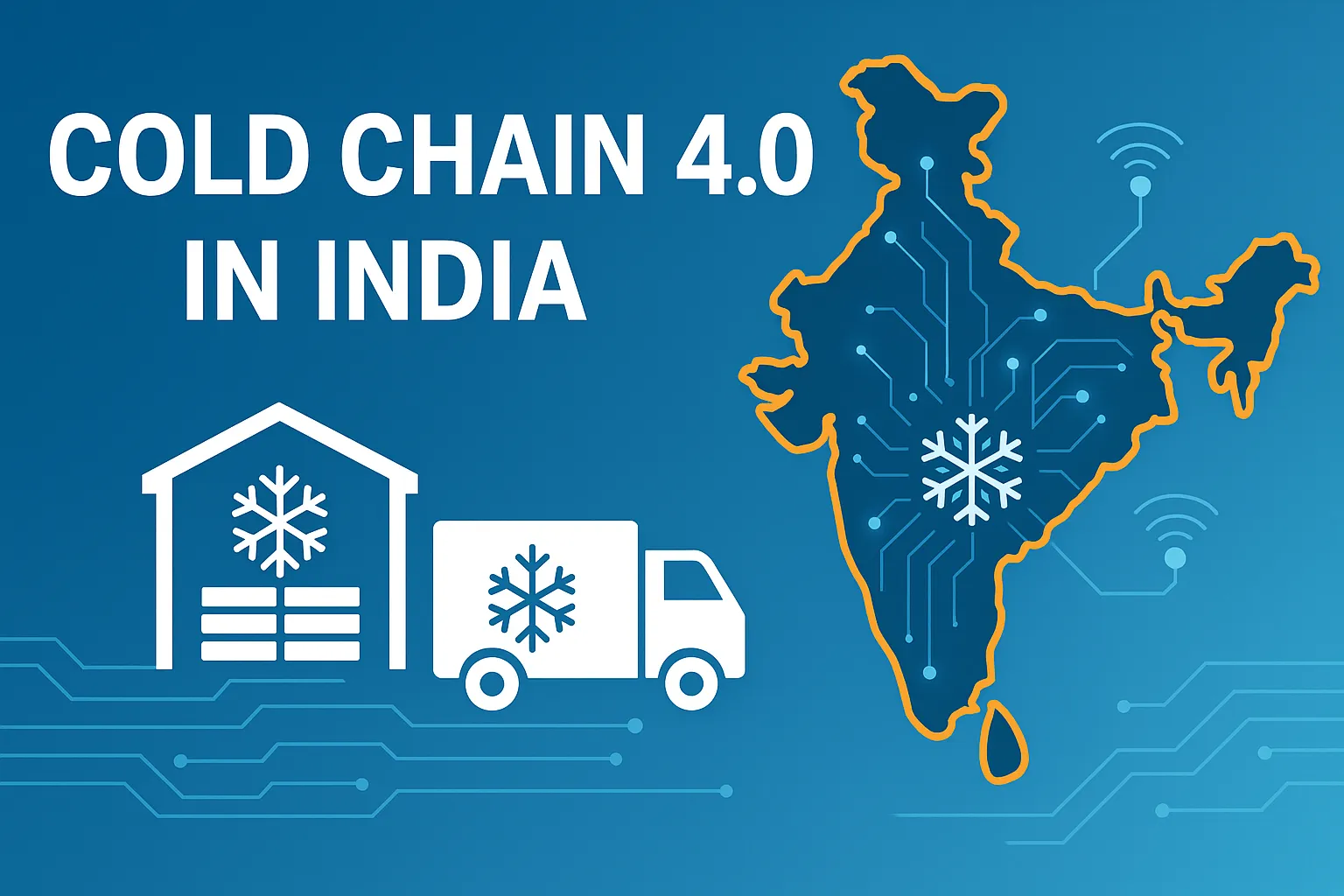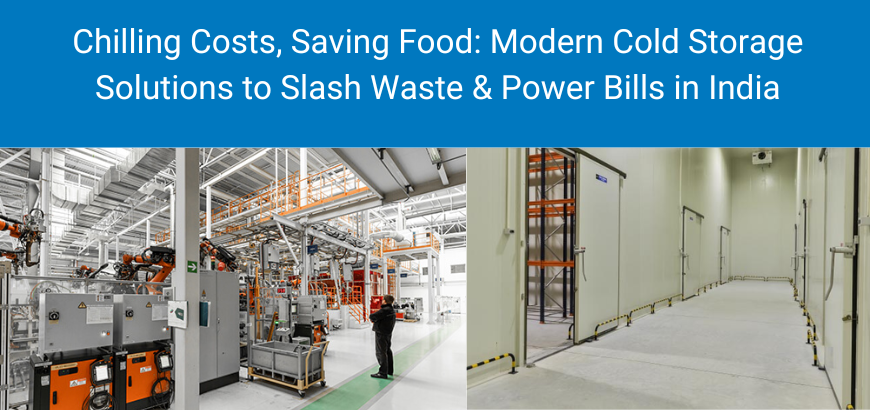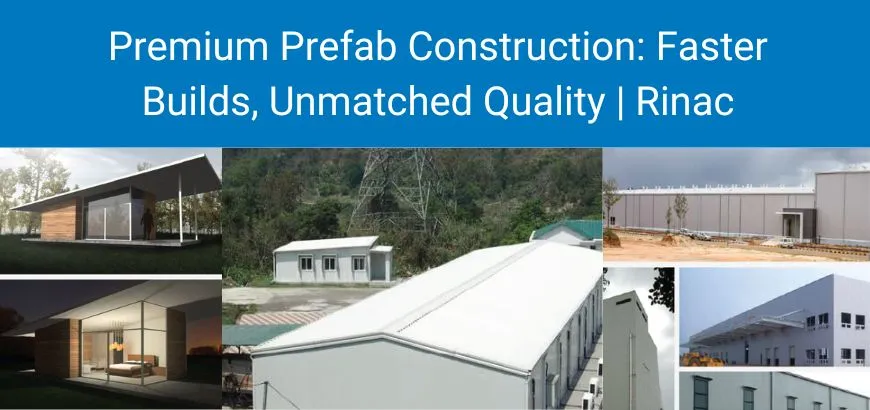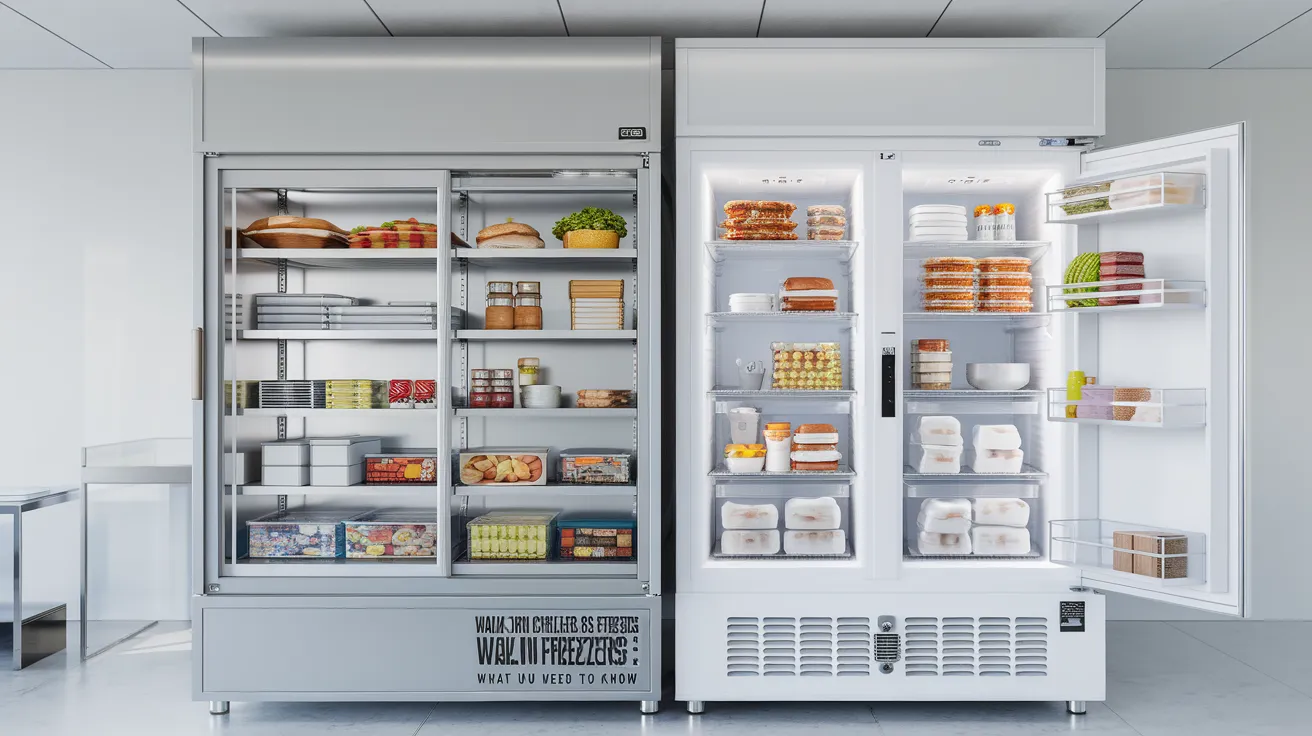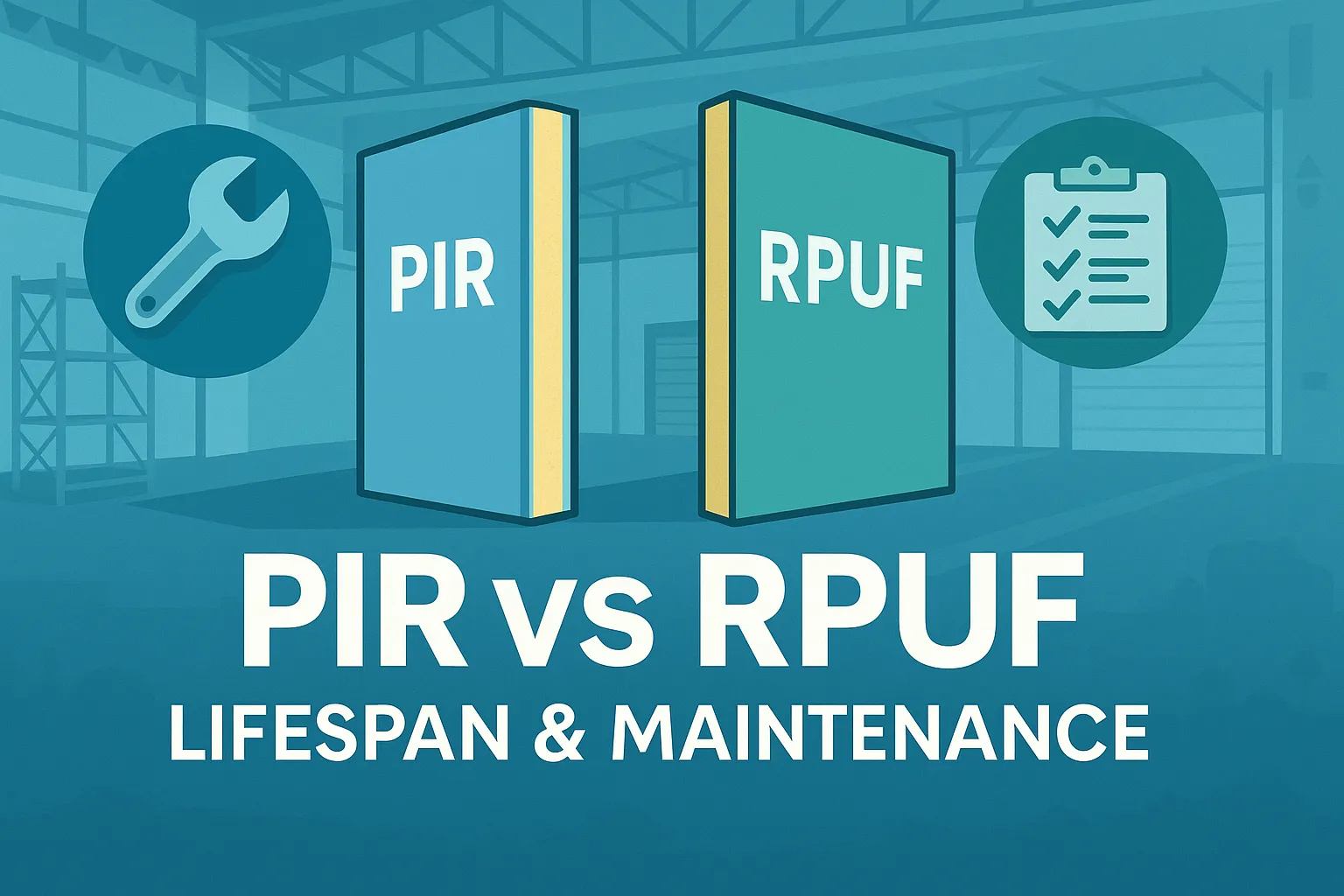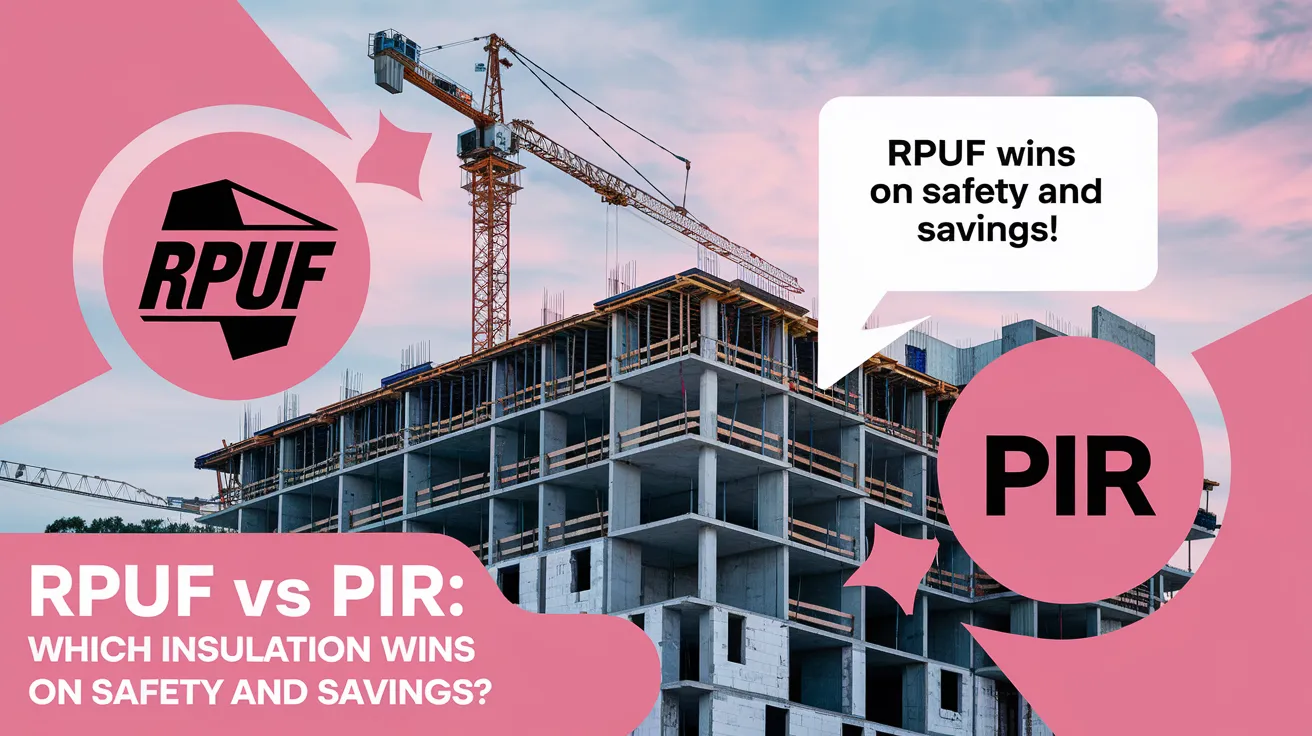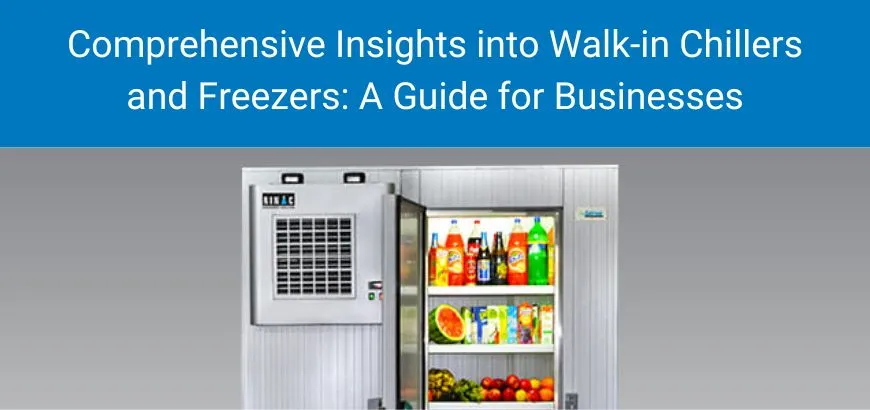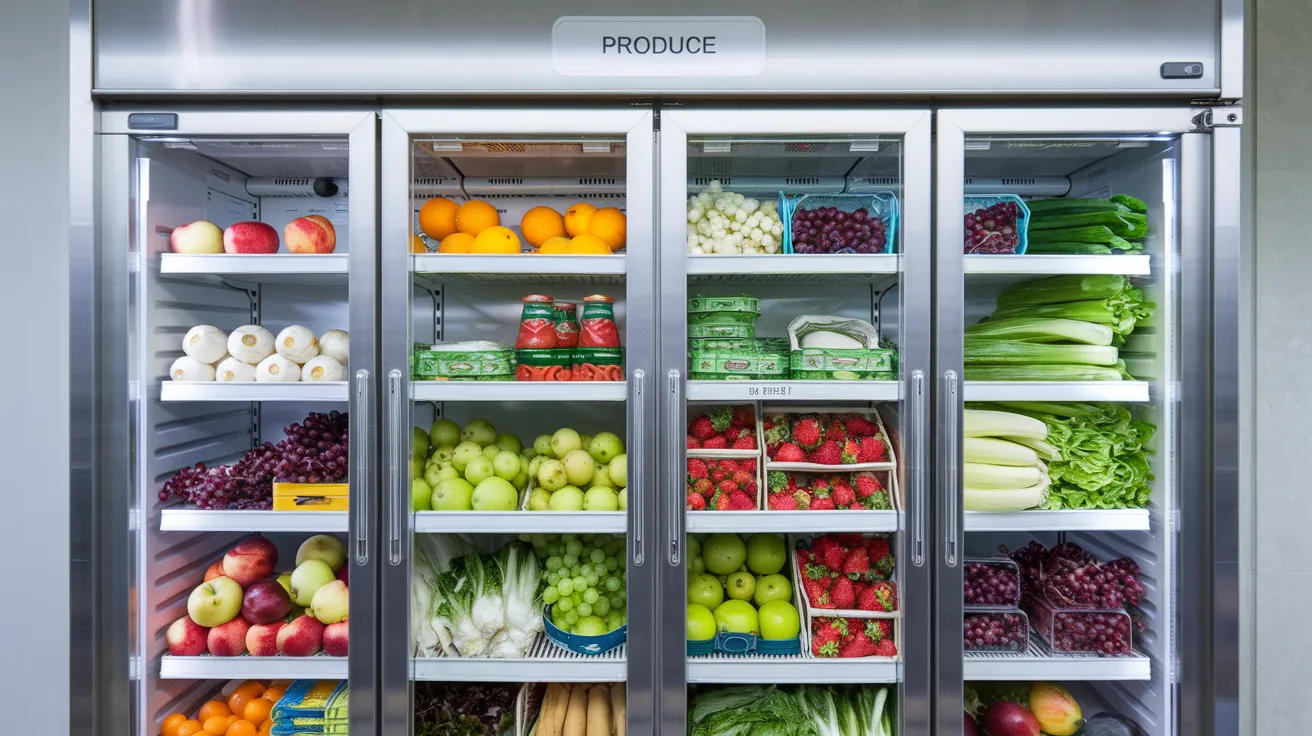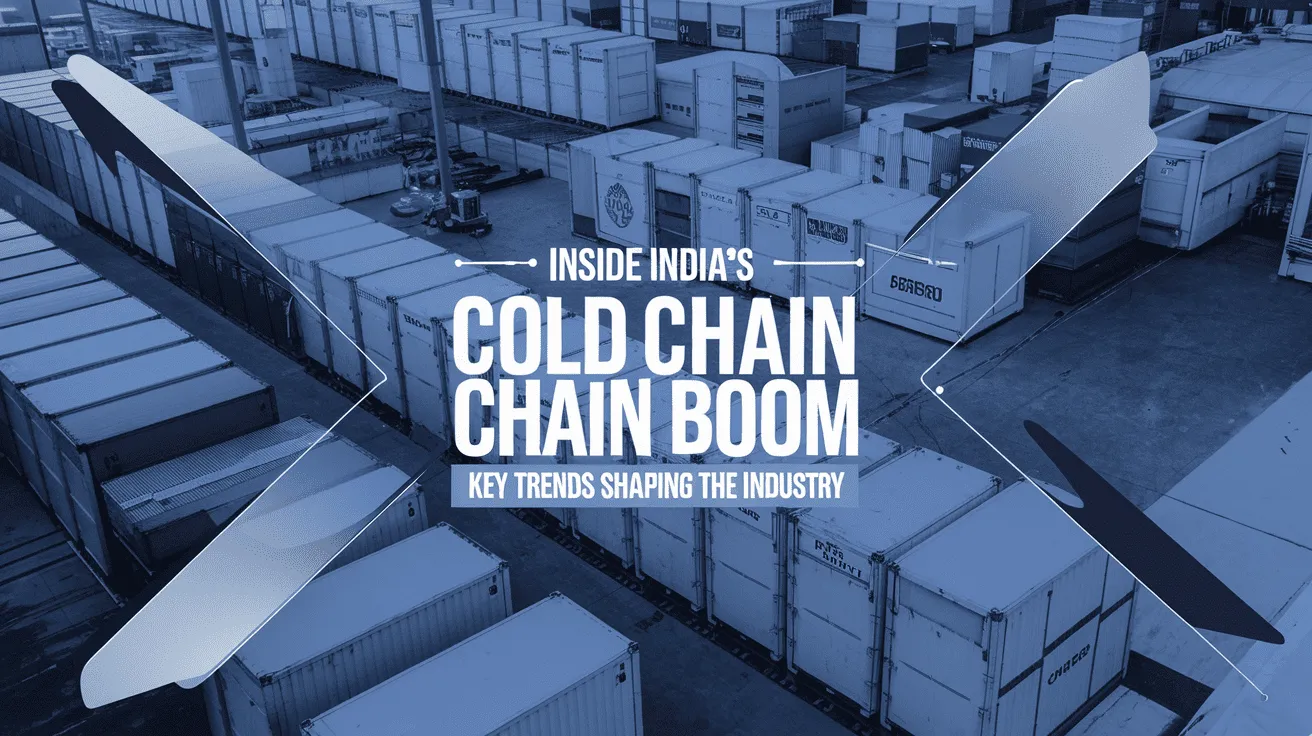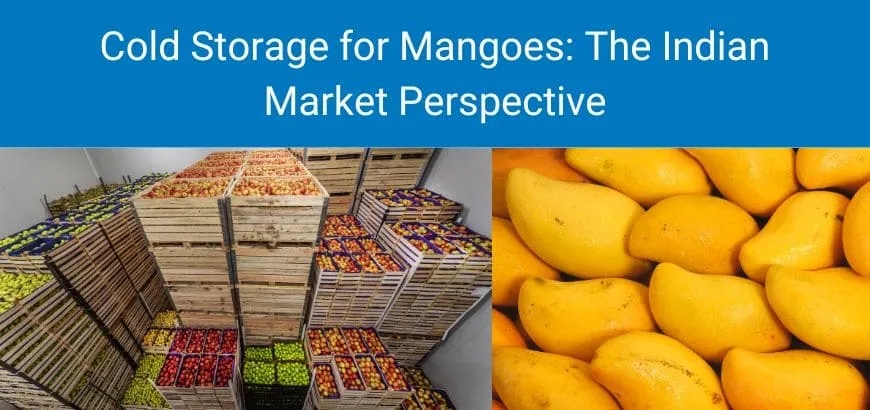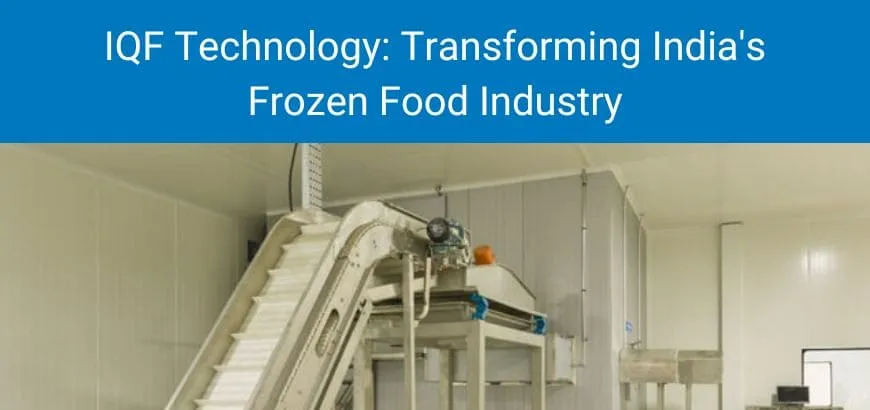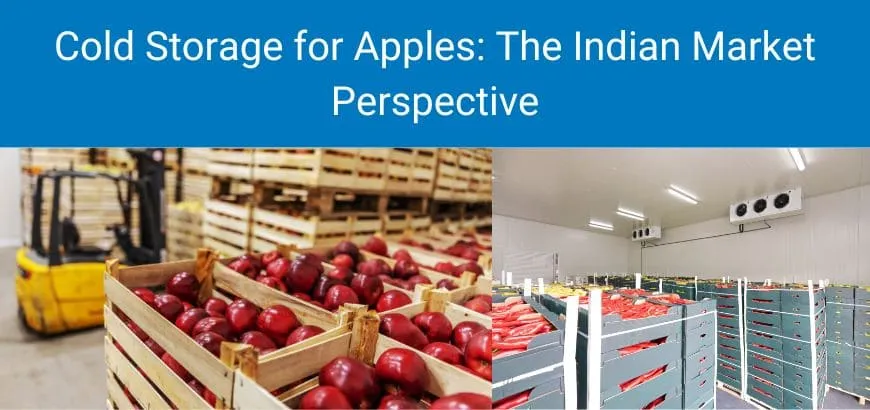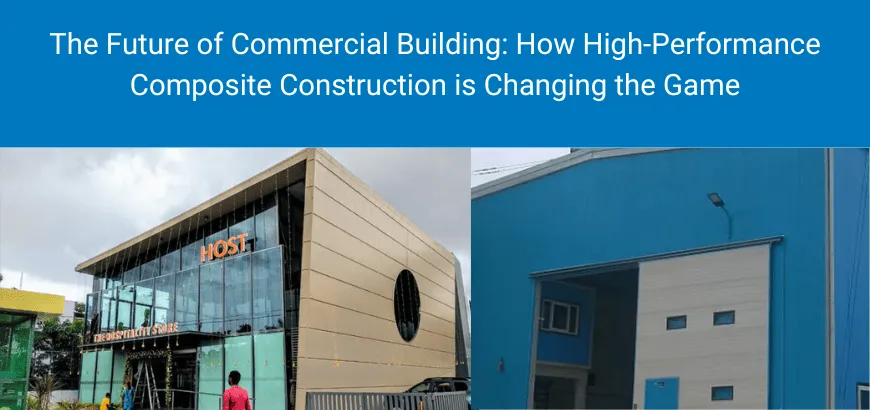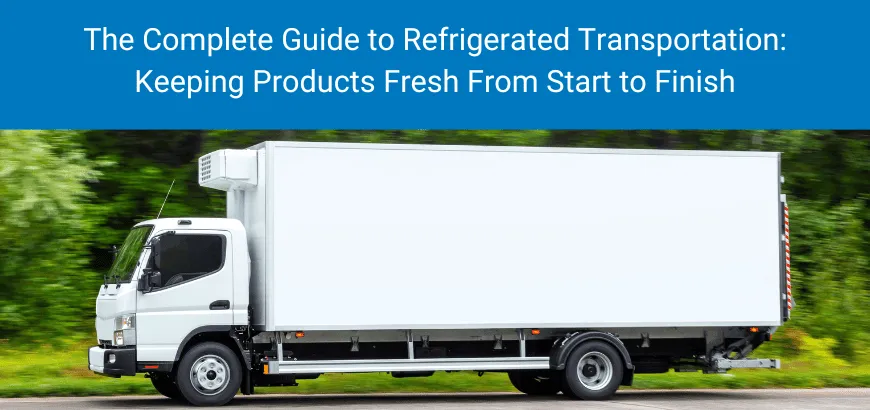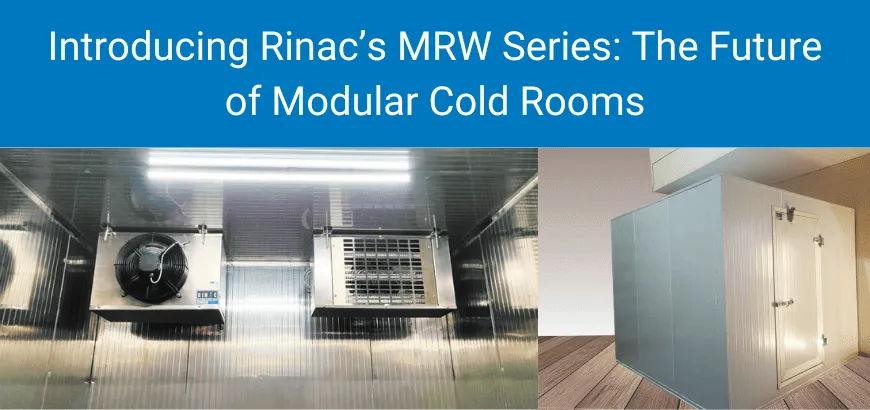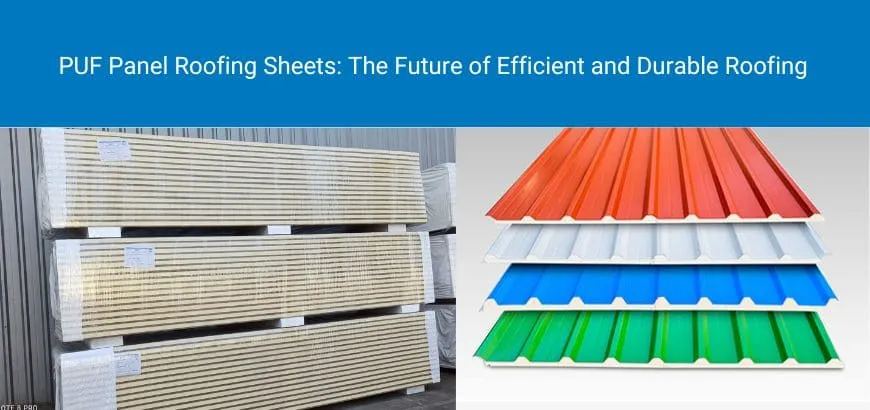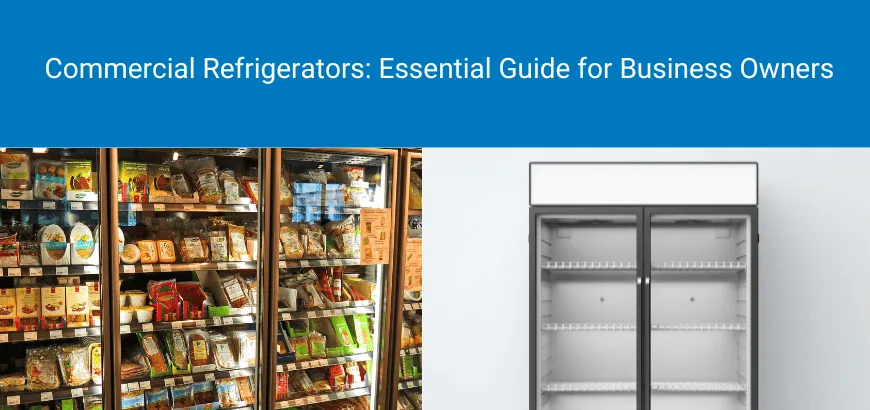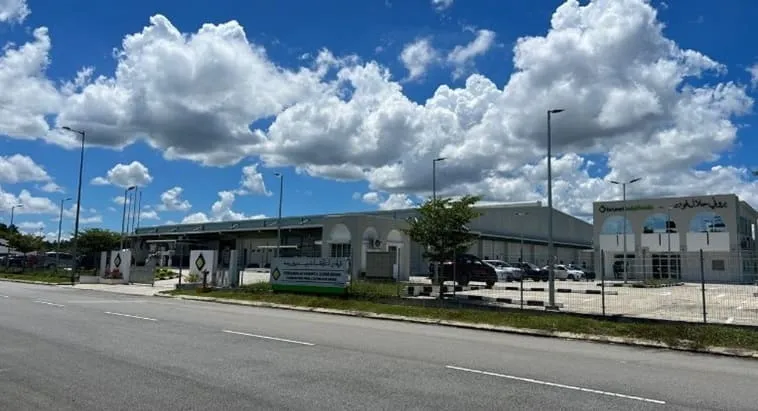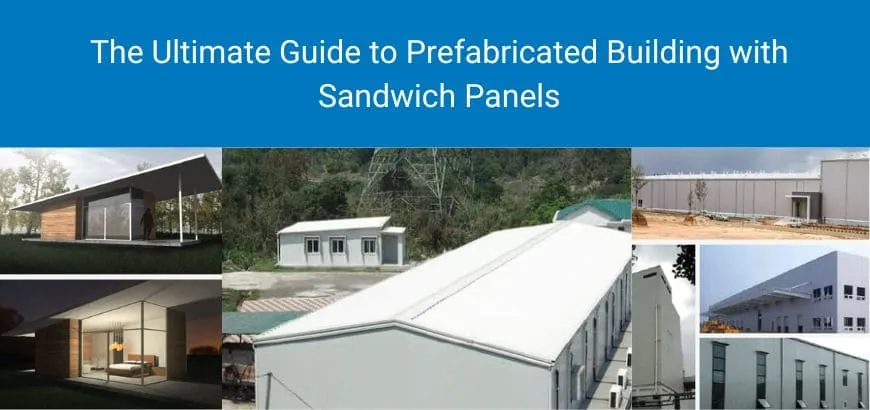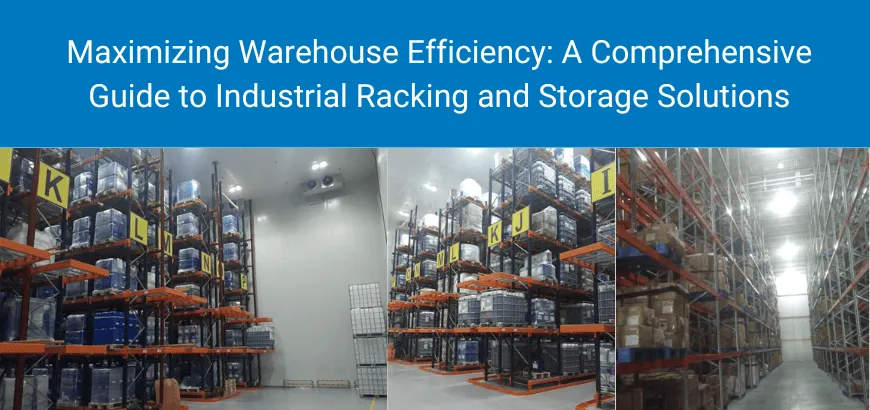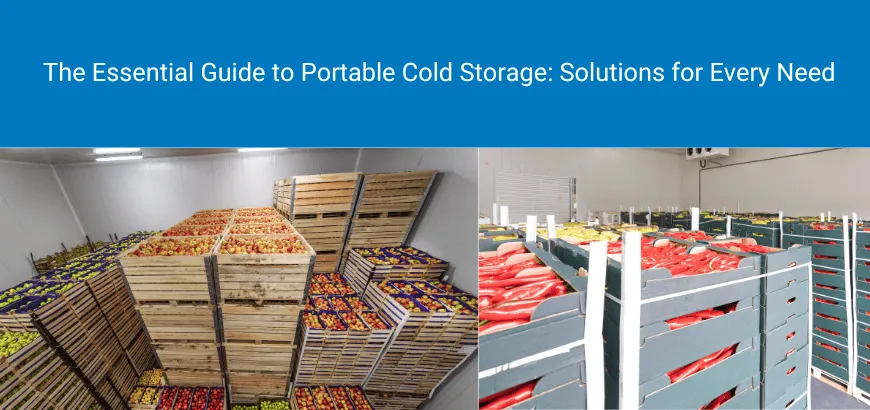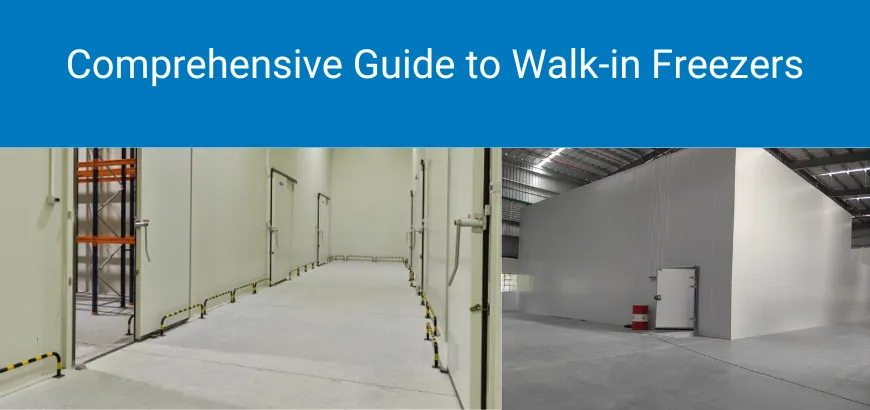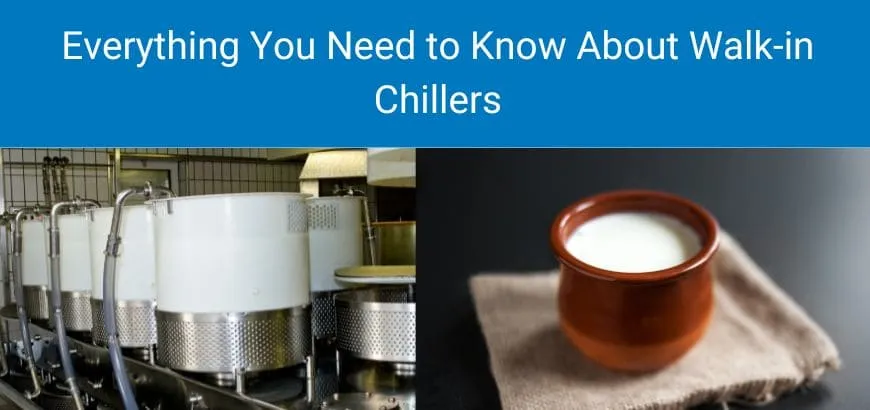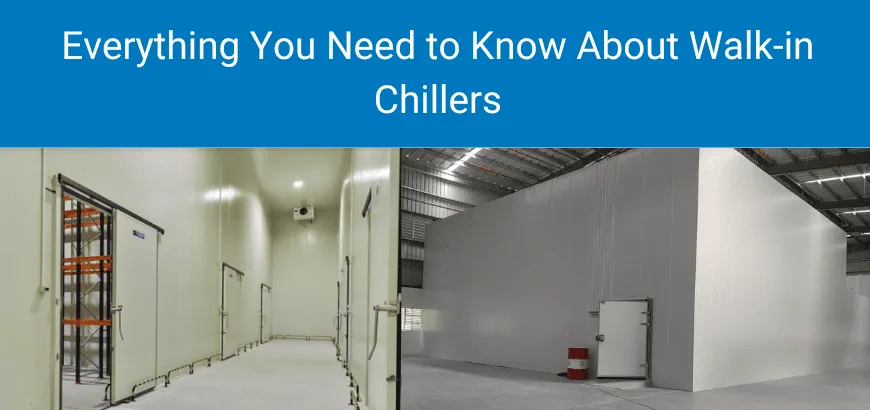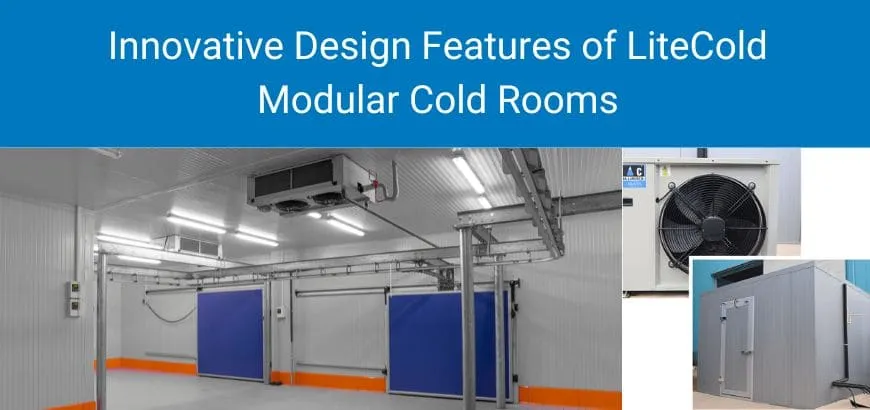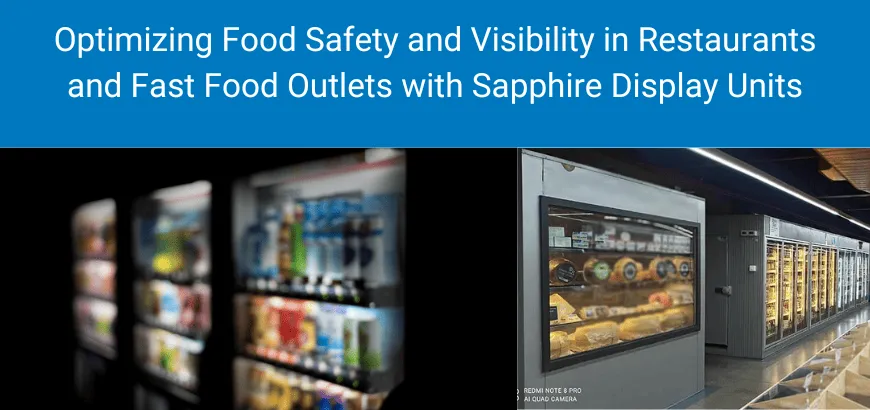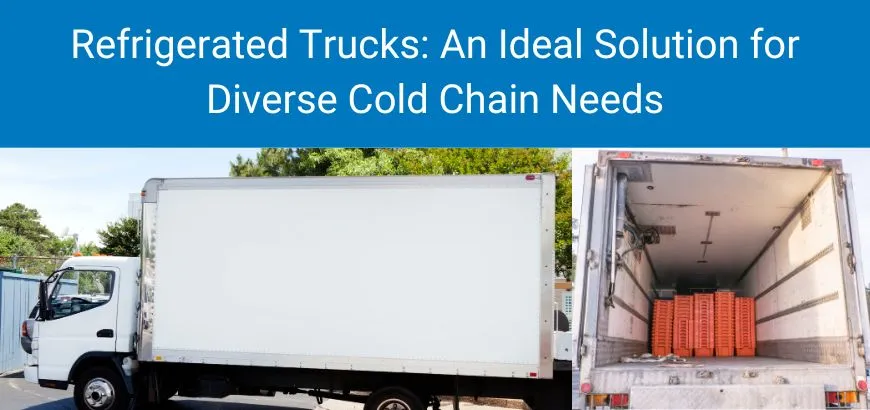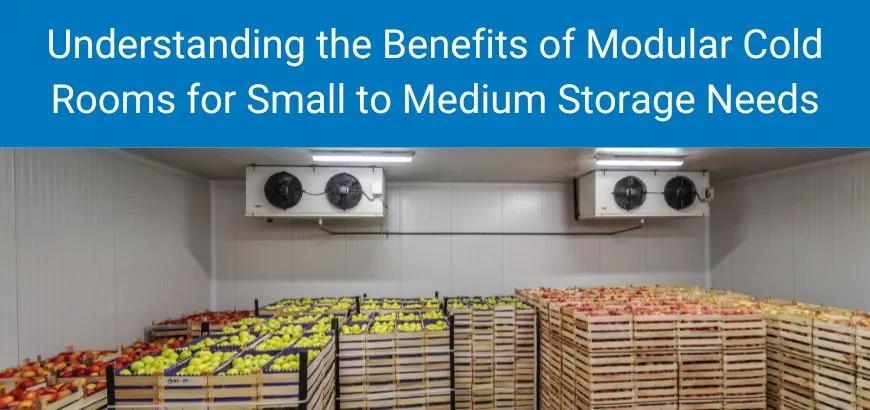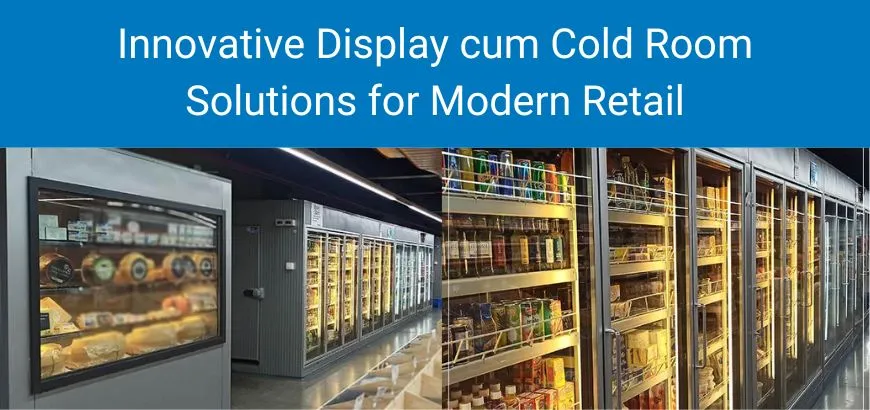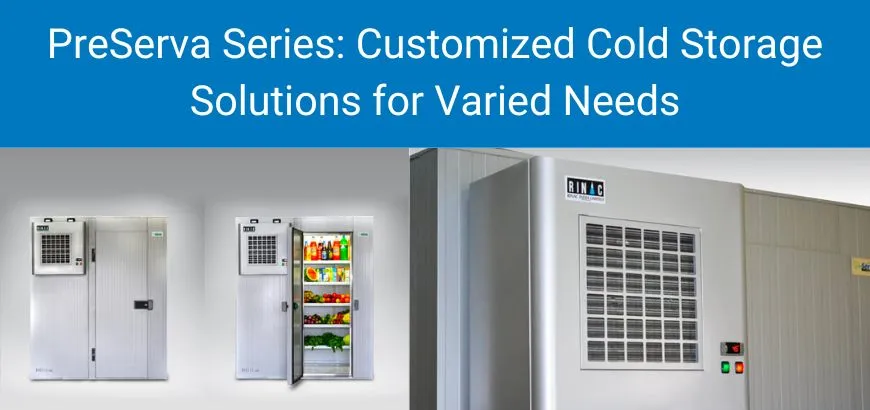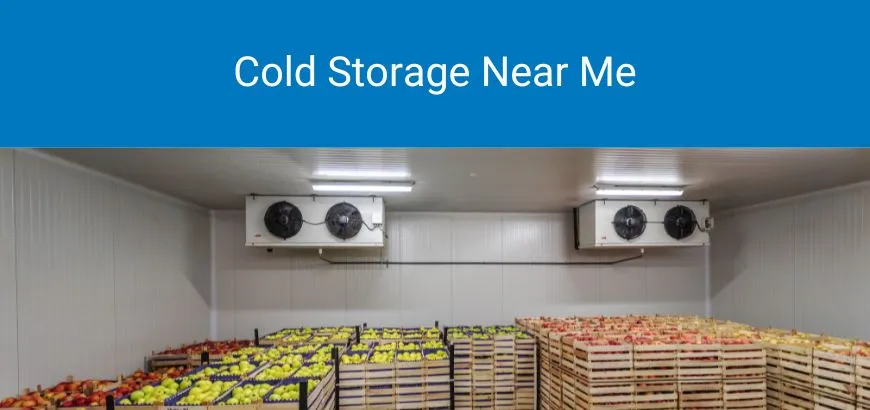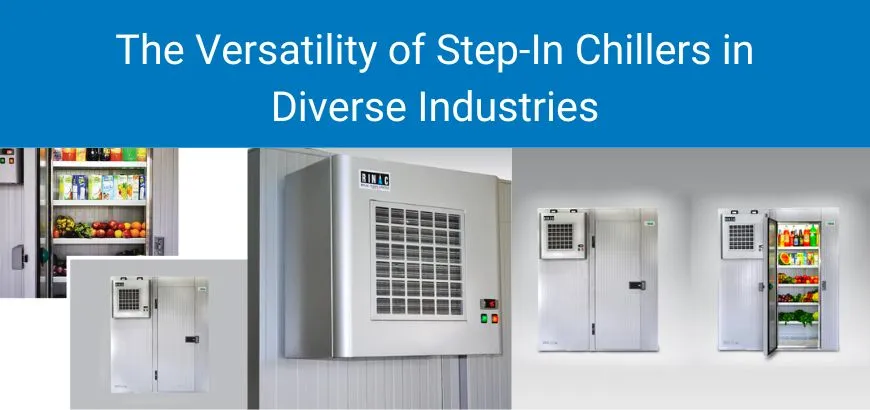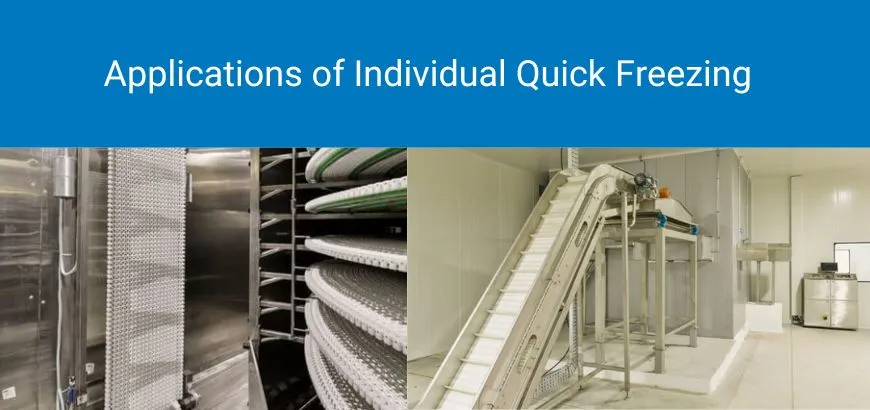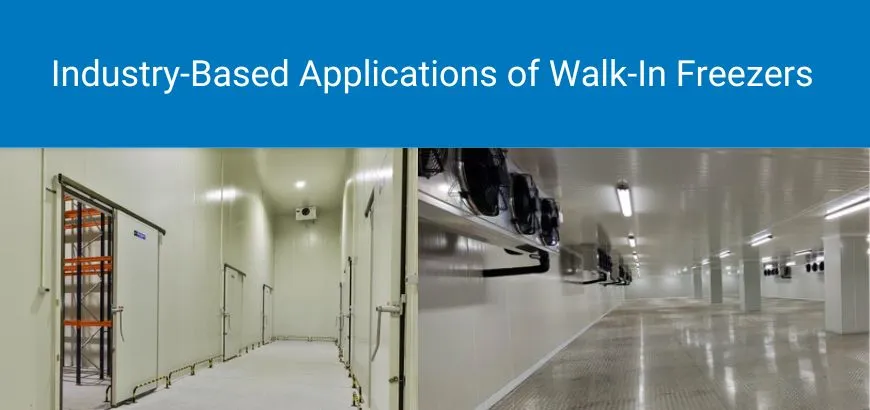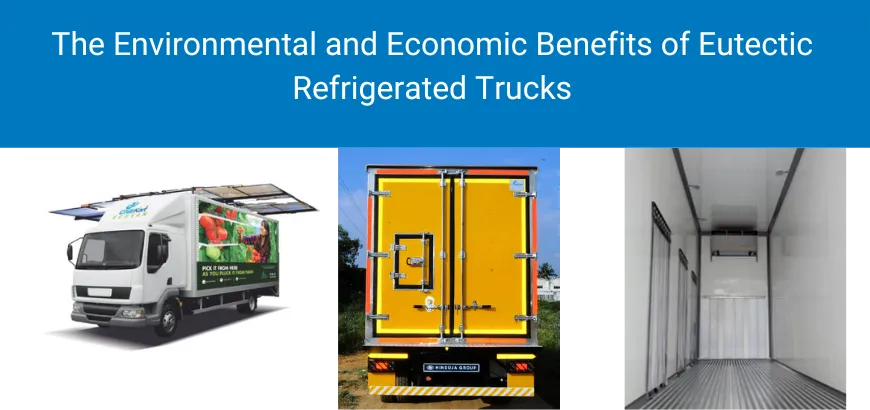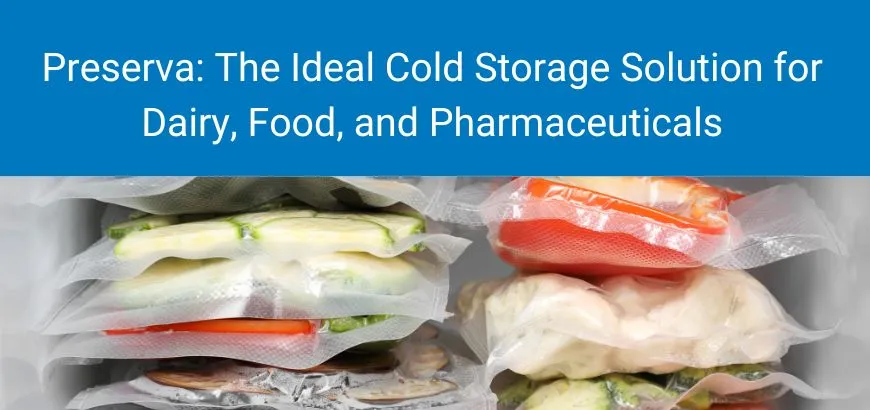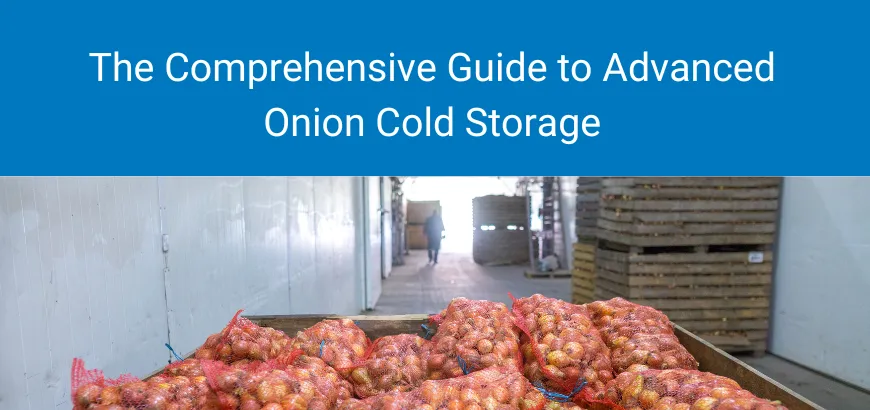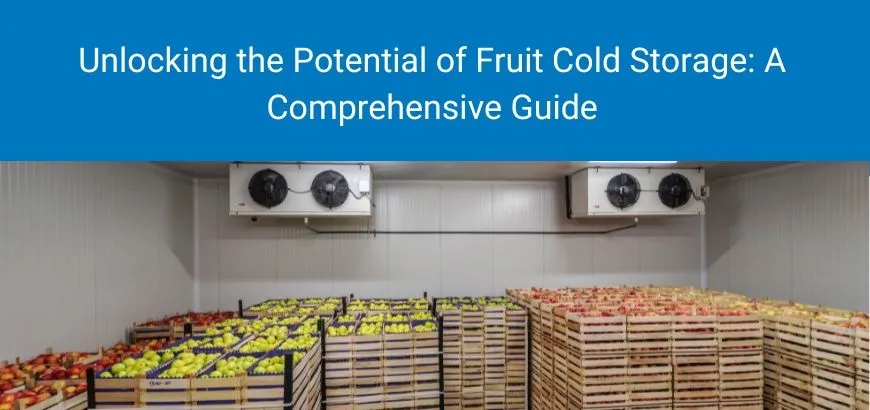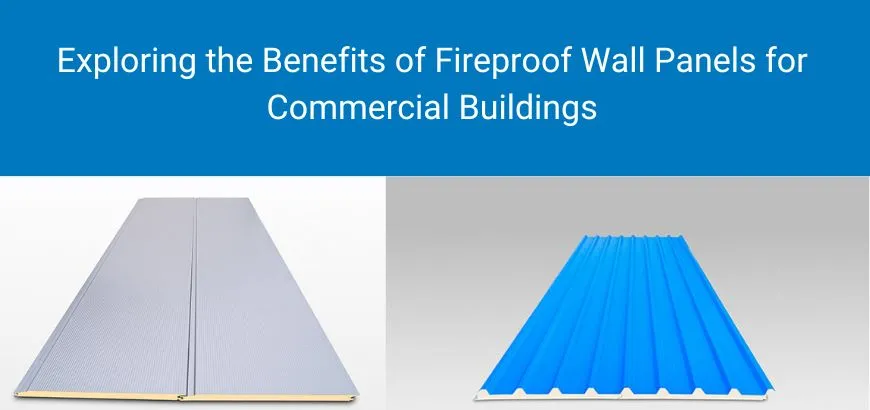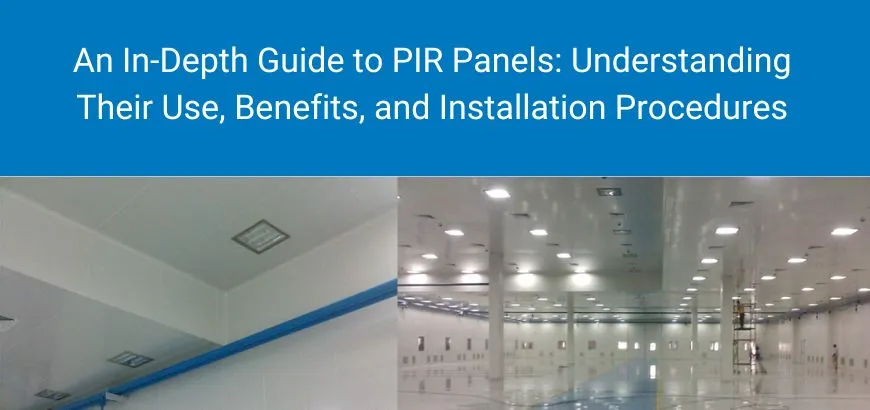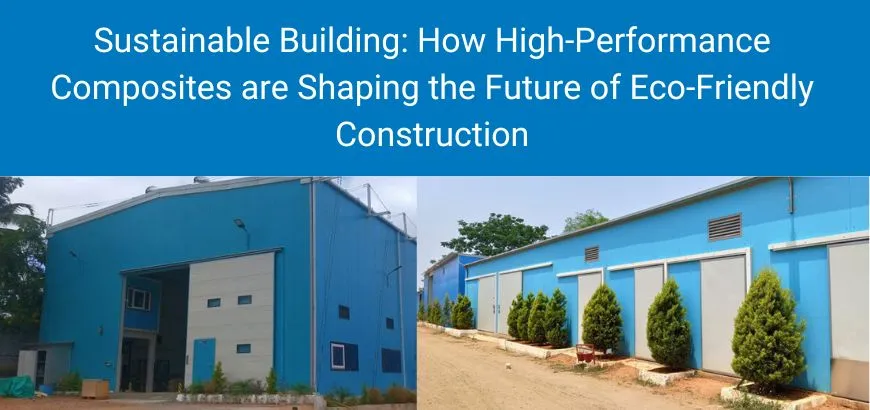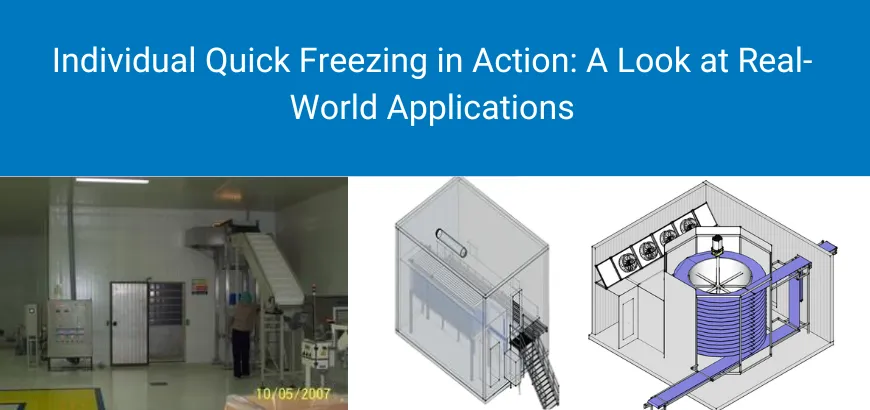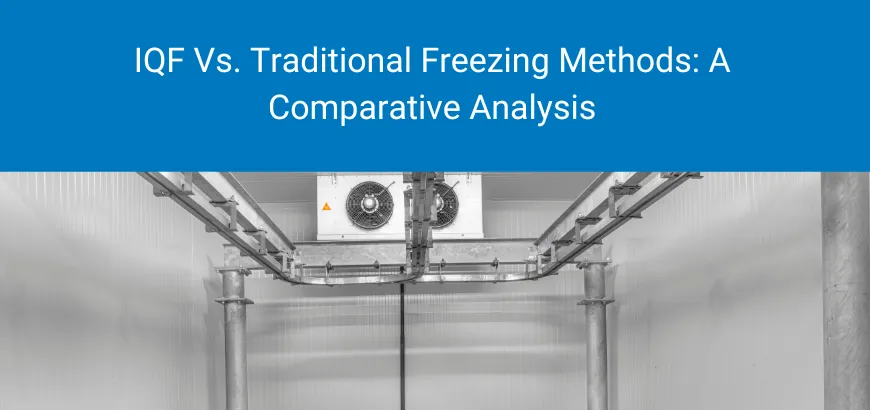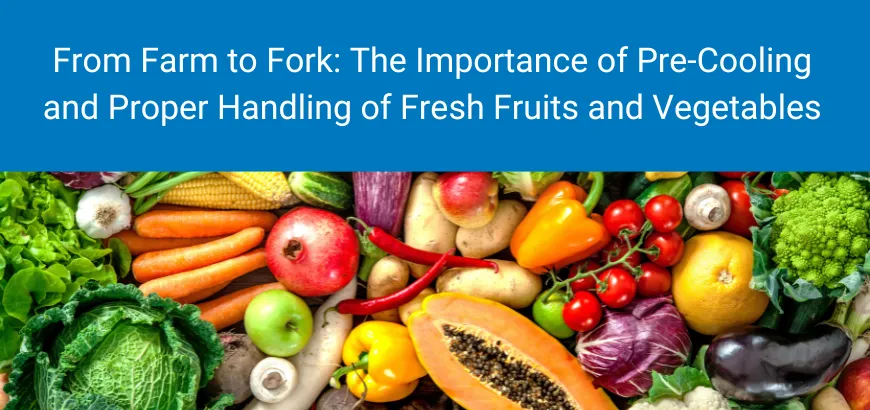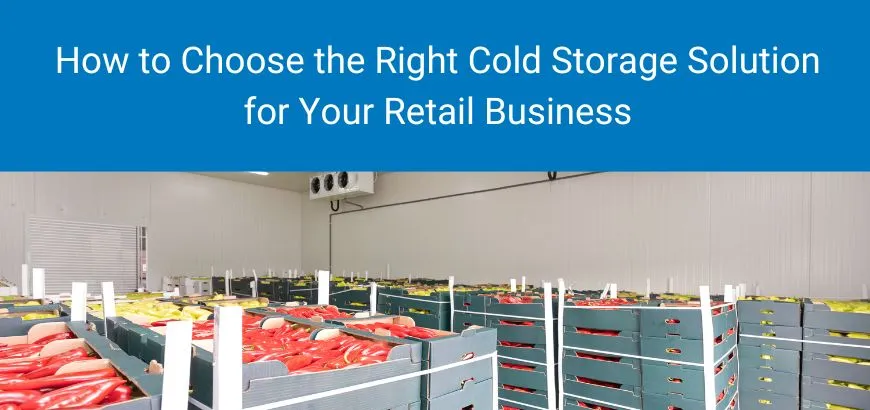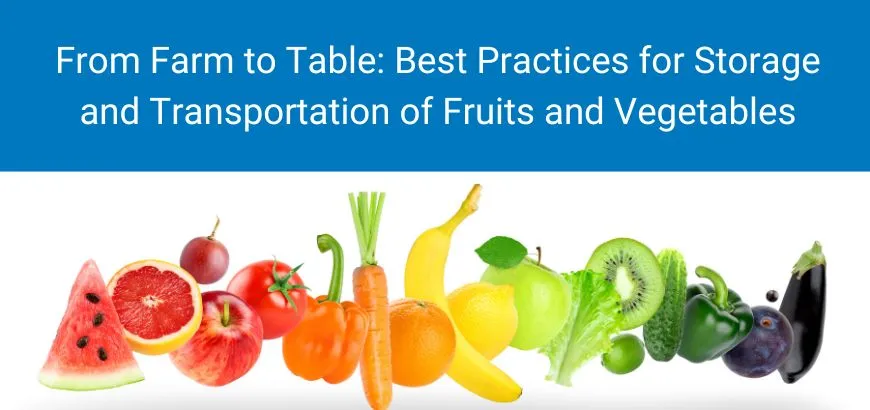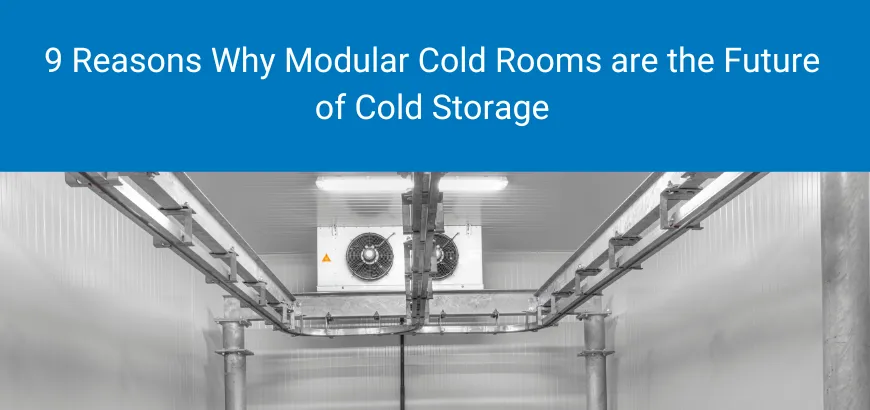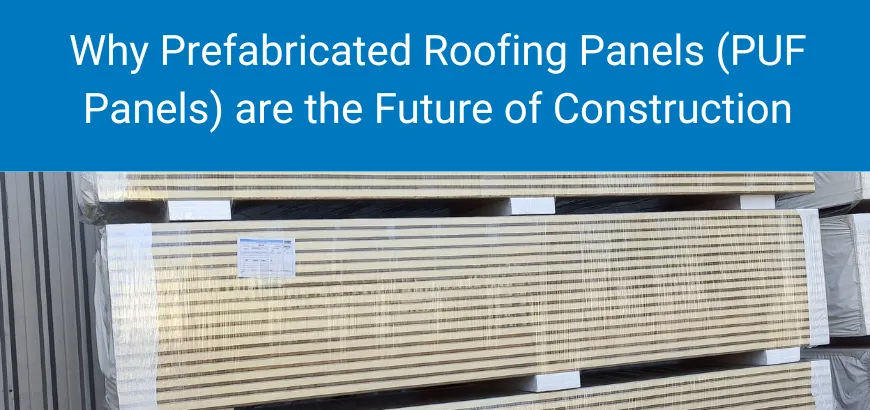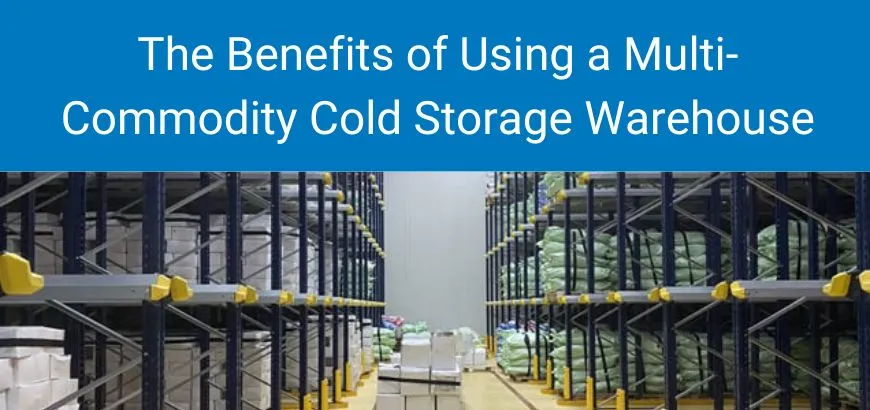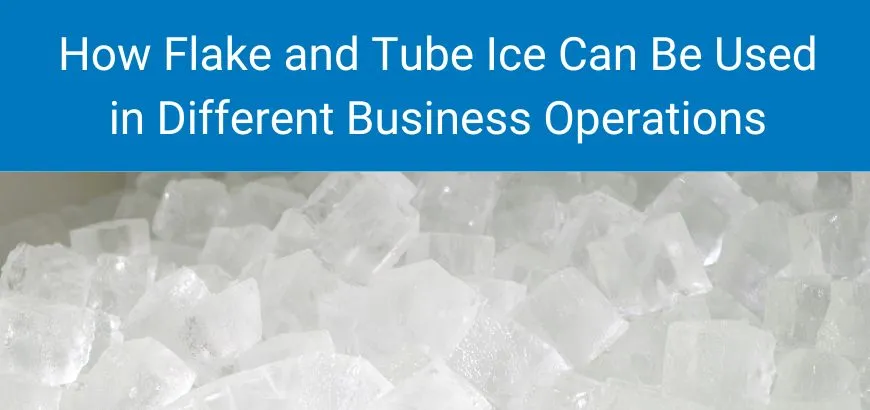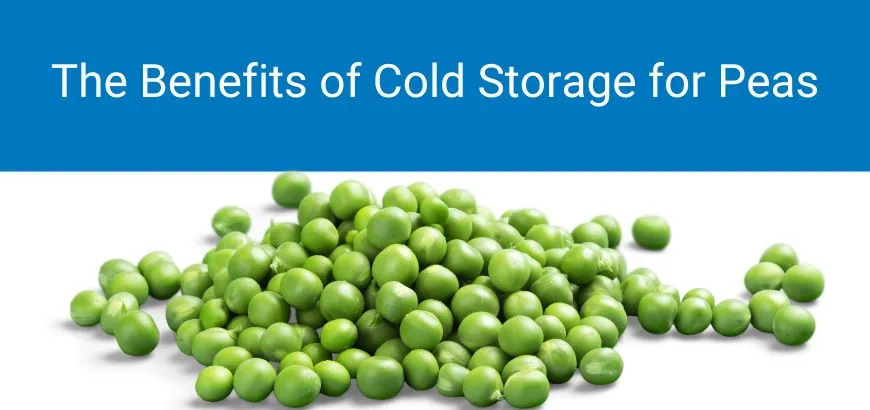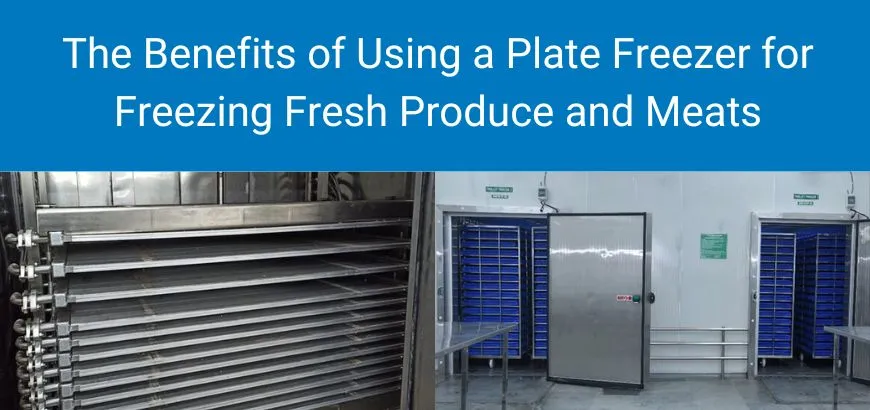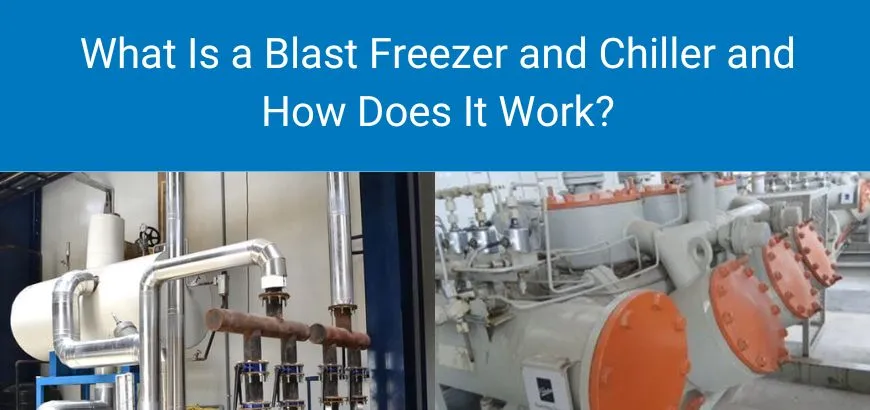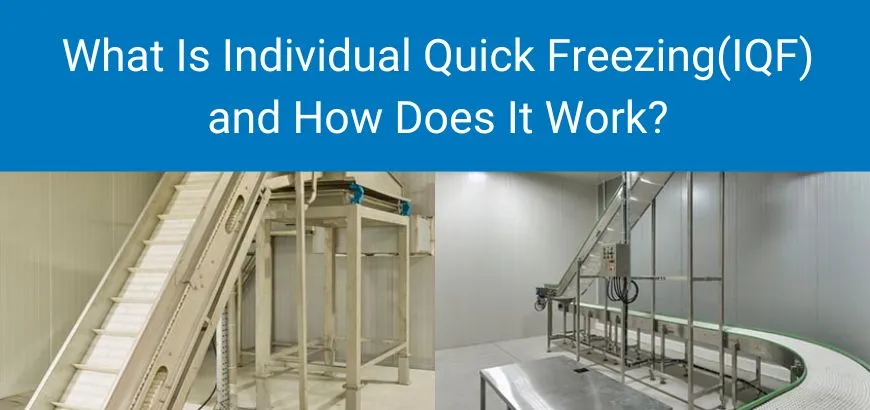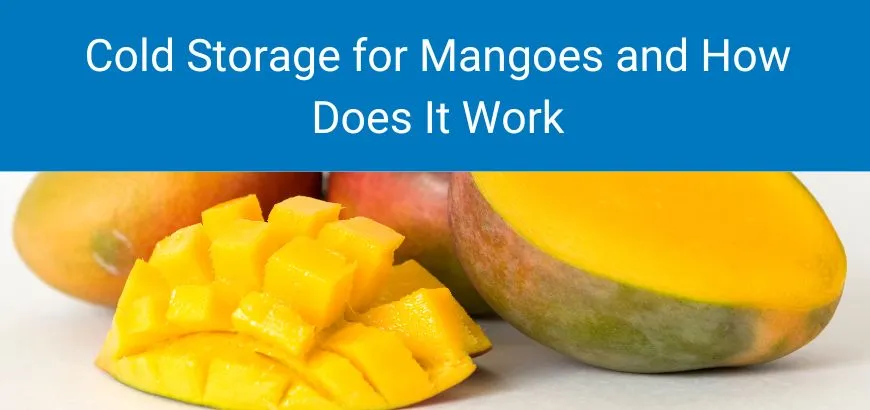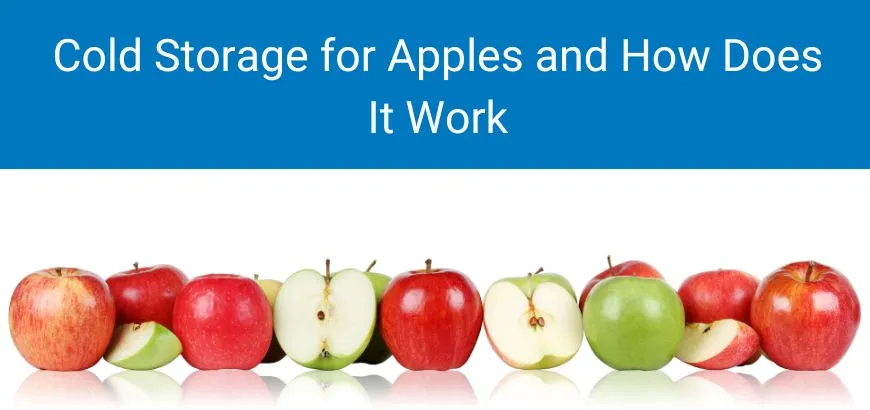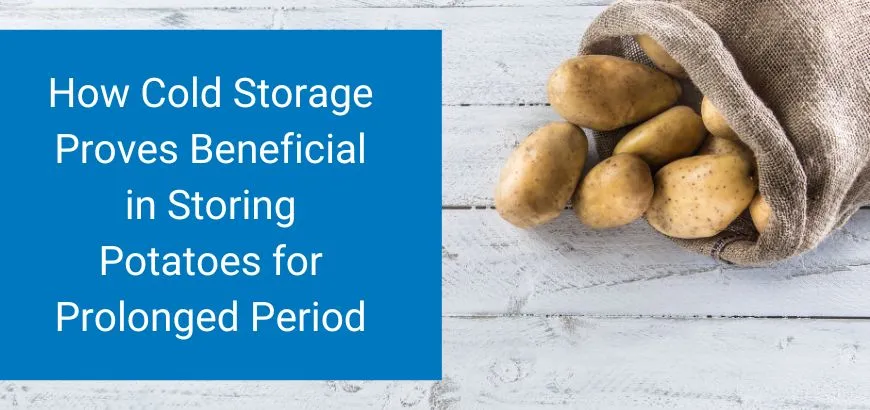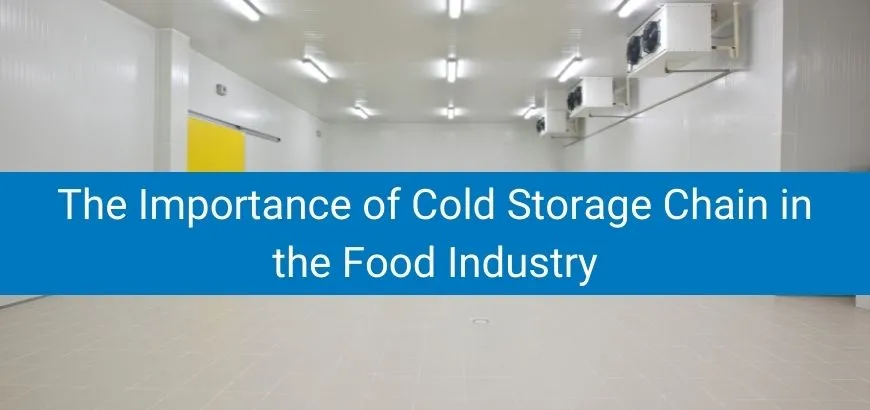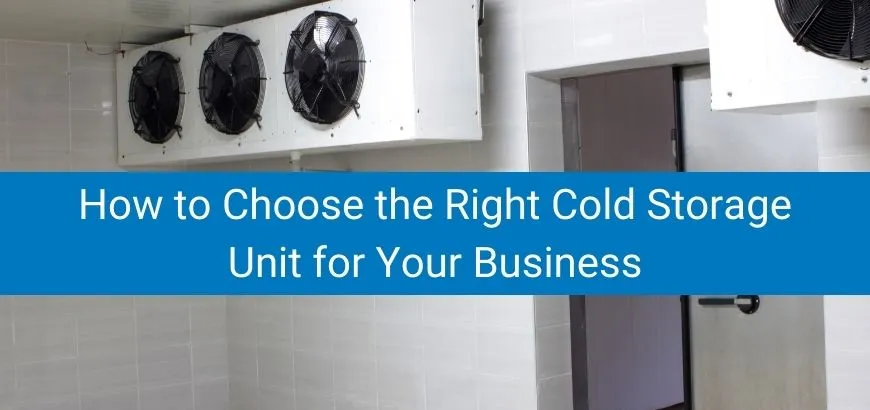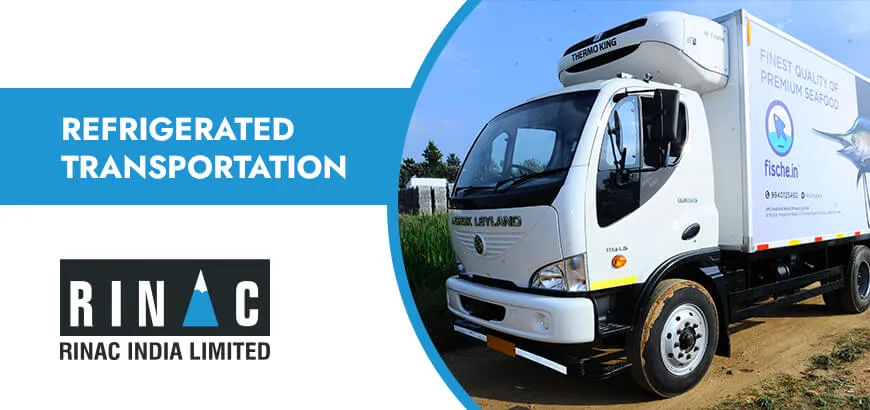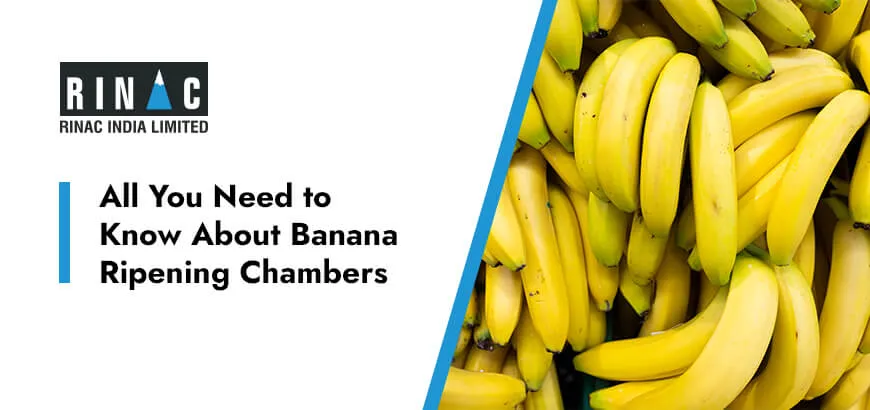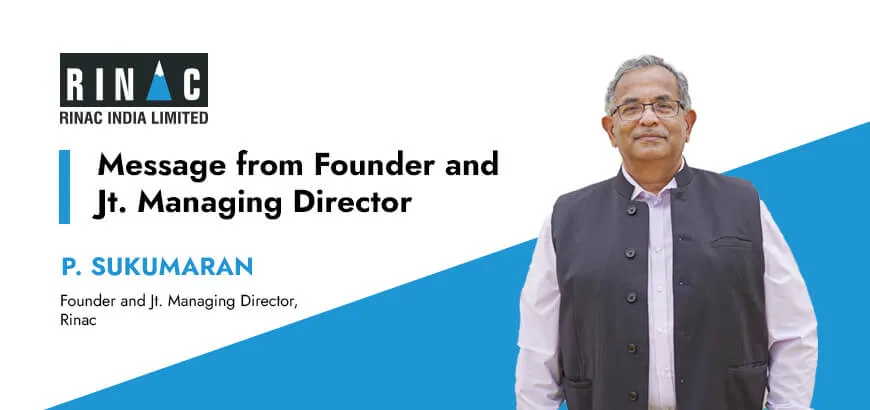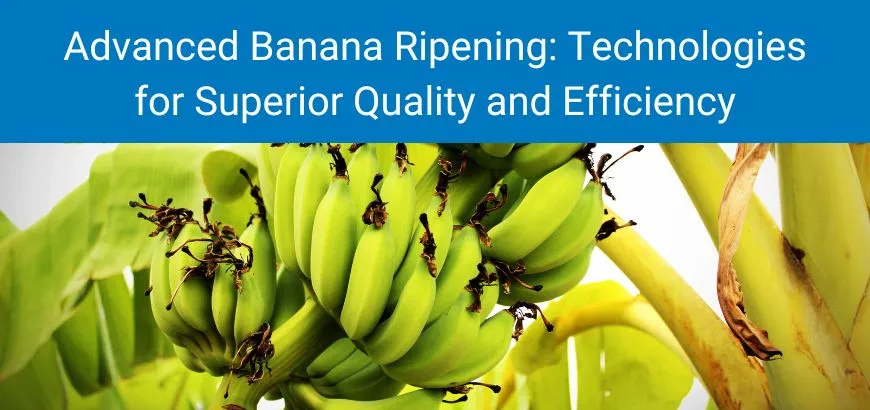
Introduction: The Evolution of Banana Ripening – Meeting Modern Demands
Bananas hold a significant position in the global fruit market, necessitating efficient and effective ripening processes to ensure they reach consumers at their optimal state of flavor and texture. The journey from a harvested green fruit to a vibrant yellow, ready-to-eat banana is a carefully orchestrated process that has evolved considerably over time.
Initially, traditional methods—some involving potentially harmful substances like calcium carbide—were employed to accelerate ripening. With increasing awareness of food safety and quality, the industry has shifted towards more controlled and safer techniques, primarily utilizing ethylene, a natural plant hormone.
This evolution reflects a deeper understanding of the physiological processes involved in fruit maturation and a growing demand for produce that is not only appealing but also safe and of consistent quality. The need for extended shelf life to facilitate global distribution and minimize waste further drives the demand for advanced ripening solutions.
Rinac, a provider of comprehensive cold chain solutions, recognizes the critical role of effective ripening in the perishable produce supply chain and offers specialized banana ripening chambers to meet these modern demands.
Building Upon the Basics: A Foundation of Controlled Ripening
Rinac’s existing banana ripening chambers lay the groundwork for the advanced innovations discussed in this post.
Key components of a standard banana ripening chamber include:
- Airtight chamber: Maintains consistent internal conditions and prevents ethylene leakage.
- Refrigeration system: Controls pulp temperature to ensure even ripening.
- Humidity control: Prevents dehydration and preserves fruit quality.
- Ethylene application systems: Provide uniform exposure for effective ripening.
- Ventilation system: Removes carbon dioxide buildup which can hinder ripening.
These foundational elements are now being optimized further through cutting-edge technologies.
Exploring the Frontiers: Advanced Techniques and Technologies in Banana Ripening
Emerging trends and innovations are taking banana ripening to new levels of precision, sustainability, and efficiency.
Key Advancements:
- Controlled ripening rooms with environmental management systems
- Automated ripening systems using sensors and data analytics
- Non-chemical ripening techniques like modified atmosphere packaging (MAP)
- Smart packaging innovations that extend shelf life.
Notable Technologies:
1. Pressurized Ripening Rooms
Use forced air circulation through stacked pallets, ensuring uniform ripening. Reduces manual labor and box-stacking requirements.
2. Softripe Technology
A patented system using real-time respiration monitoring. Offers stress-free ripening and adjusts natural gases based on the fruit’s physiological state—leading to improved taste, longer shelf life, and reduced energy use.
3. TarpLess Ripening Systems
Eliminates traditional tarps by using engineered airflow. Allows multi-tier configurations and flexible ripening for different color stages.
4. Ethylene Micro-Bubble Technology
Immersion-based ripening in ethylene-rich water. Offers a low-cost, less infrastructure-heavy alternative to fumigation chambers.
Feature Comparison Table
| Feature | Pressurized Rooms | Softripe Technology | TarpLess Systems | Micro-Bubble Tech |
|---|---|---|---|---|
| Uniformity | High | Very High | High | Comparable |
| Energy Efficiency | Efficient | High | Low cost claimed | Potentially higher |
| Cost | Varies | Varies | Low cost claimed | Likely lower |
| Scalability | High | High | Configurable | High |
| Key Advantage | Less manual handling | Superior quality | Flexible staging | Simplified application |
| Monitoring | Sensors (Temp/Gas) | Fruit respiration | Sensors | Indirect |
Precision Control: Latest Innovations in Ethylene Application
Ethylene levels between 100–150 PPM are ideal for ripening over 24–48 hours. Modern systems now include:
- Ethylene generators for controlled release.
- Gas discharge systems for precise level management.
- Safety protocols using 4% ethylene in nitrogen to reduce flammability risks.
- Micro-bubble systems for simplified, safe application.
Temperature and Humidity: Fine-Tuning for Optimal Ripening Outcomes
Maintaining exact temperature and humidity is key:
- Optimal temperature: 14–20°C (57–68°F)
- Avoid >24°C: May cause “green ripening” (ripe inside, green peel)
- Avoid <13°C: Risk of chilling injury
- Humidity: 85–95% to prevent bruising, scarring, or dehydration
Advanced HVAC-R and humidification systems allow real-time environmental control and even distribution across chambers.
The Science of Quality: How Ripening Protocols Impact Banana Attributes
Proper ripening affects:
- Color: Ethylene and consistent temperature ensure even yellowing
- Texture: Balanced humidity prevents both mushiness and dryness
- Shelf Life: Controlled conditions extend marketable duration
- Flavor: Starch-to-sugar conversion and aroma development depend on temperature and ethylene accuracy
Uniformity ensures reduced waste and higher consumer satisfaction.
Sustainability and Efficiency: The Cornerstones of Modern Ripening Chambers
Modern banana ripening chambers promote:
- Reduced waste through extended shelf life
- Safe produce by eliminating harmful chemicals
- Energy efficiency via smart airflow, insulation, and refrigerants
- Heat recovery systems that repurpose waste heat
- Low-GWP refrigerants for environmental sustainability
Rinac incorporates all these features, providing eco-friendly yet cost-effective ripening systems.
The Bottom Line: Economic Benefits and ROI of Advanced Ripening Technologies
Key Financial Benefits:
- Lower post-harvest loss = higher profitability
- Consistent quality boosts brand image and repeat sales
- Extended shelf life = wider market reach
- Energy-efficient systems = lower operational costs
- Premium positioning = better margins
Advanced systems often achieve ROI in under 2 years, with sales increases of 5–15% or more due to better product quality and shelf life.
Real-World Success: Case Studies in Innovative Banana Ripening
Companies around the globe are embracing advanced ripening systems:
- Dole, Chiquita, Fresh Del Monte – Pressurized rooms
- Fyffes UK – Automated large-scale ripening center
- Thermal Technologies – TarpLessSX systems in Walmart, Mission Produce, and others
- Romania – Heat recovery and low-GWP refrigerant plant
- Canada’s Van-Whole Produce – IoT-monitored energy-efficient rooms
- Germany – Use of luster sensors and 3D scanners for quality checks
Rinac: Your Partner in Advanced Banana Ripening Solutions
Rinac’s BananaBarn chambers feature:
- Pressurized and reverse airflow models
- High-humidity coil evaporators with pre-cooling
- Intelligent temperature control
- Eco-friendly design with energy-efficient systems
- Customizable setups for bananas, tomatoes, mangoes, and papayas
With deep expertise in cold chain systems, Rinac is your trusted partner for future-ready banana ripening.



